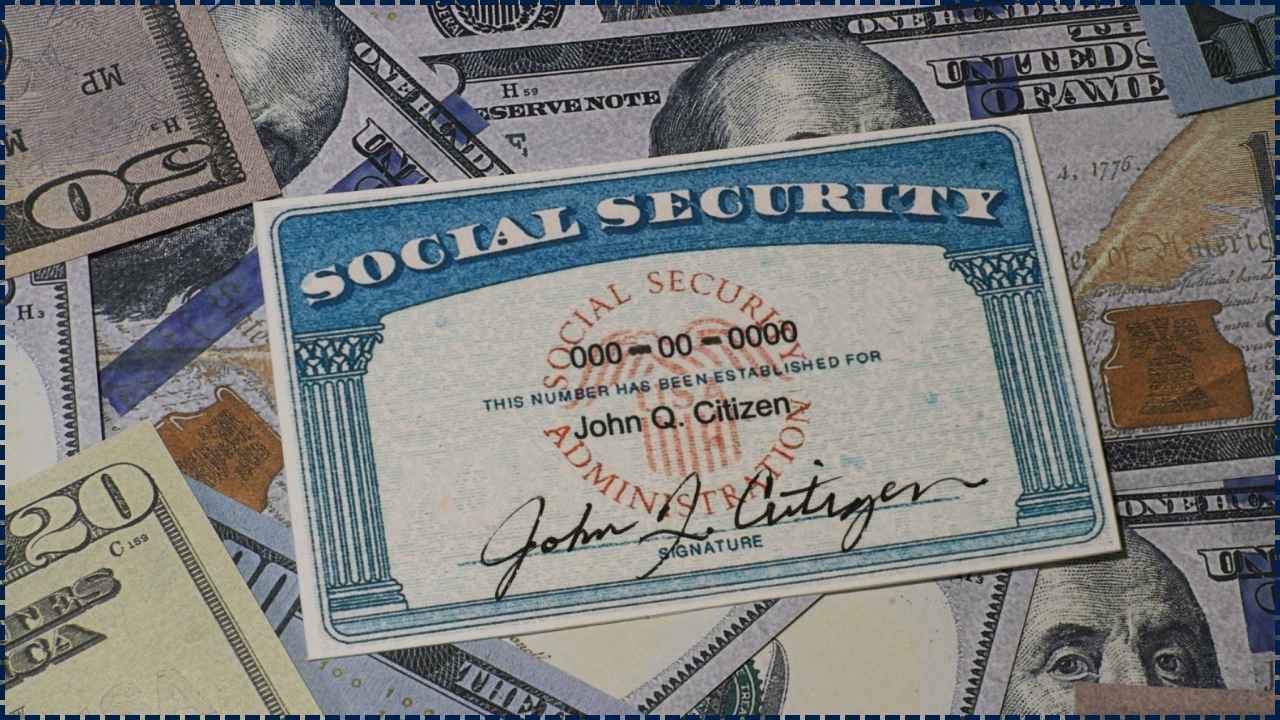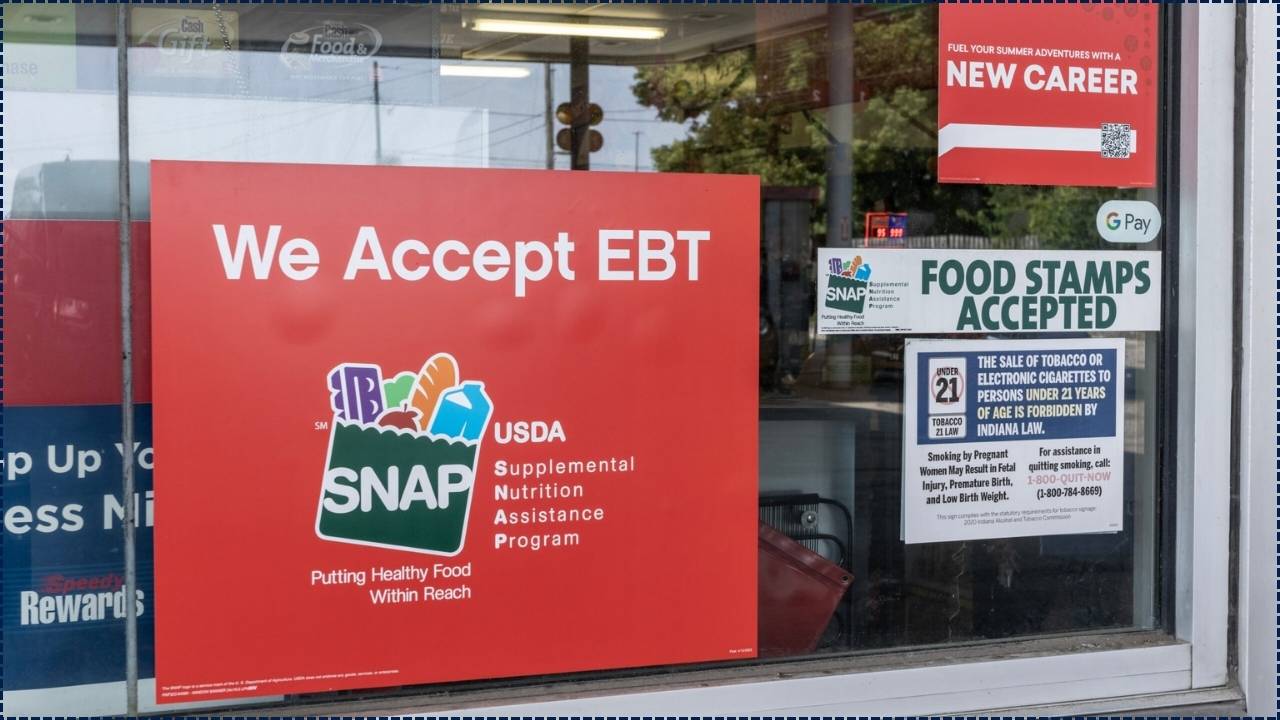How Much Cash Should You Really Keep: How much cash should you really keep in your wallet? In a world where we can tap our phones, swipe a card, or even pay with a smartwatch, it might seem like carrying cash is a thing of the past. But according to personal finance experts, keeping some greenbacks in your back pocket might be more important than you think.

Despite all the digital advancements, there are moments when plastic (or digital) just won’t cut it. From power outages and card machine failures to small vendors who just prefer cash, having a little dough on hand could save the day.
How Much Cash Should You Really Keep
| Topic | Details |
|---|---|
| Average Cash Carried | $67 is the average amount Americans carry in their wallets |
| Emergency Cash Recommended | $100 to $200 for unexpected situations |
| Budgeting Benefits | Cash helps reduce overspending and builds spending discipline |
| Card-Free Scenarios | Cash-only businesses, tech outages, tipping valets and service workers |
| Security Tips | Carry small bills, be discreet, and limit what you’re willing to lose |
Keeping some cash in your wallet might feel old-school, but it’s still a smart move in today’s unpredictable world. From budgeting to emergencies to tipping your Uber driver, having just the right amount of cash can make your life easier and your wallet happier.
So, how much is the magic number? Experts suggest $50 to $100 for daily use, plus $100 stashed for emergencies. Just be smart about how—and where—you carry it.
Why Carrying Cash Still Makes Sense
1. Emergencies Happen
Even if you’re all about Venmo or Apple Pay, you can’t swipe your way out of a power outage. Natural disasters, ATM malfunctions, or lost wallets happen. Keeping some cash tucked away could be your ticket to a cab ride, a meal, or a hotel room when tech fails you.
2. Budget Like a Boss
Cash-only budgeting (also known as the envelope method) helps people physically see how much they’re spending. Studies show you’re likely to spend less when you use cash versus a card. Why? Because it hurts a little more to break that $20 bill than to tap a card.
3. Small Businesses Appreciate It
From farmers’ markets to mom-and-pop food trucks, a lot of local joints still prefer cold, hard cash. Avoiding card processing fees helps them out—and sometimes gets you a discount.
So, How Much Cash Should You Keep in Your Wallet?
There’s no one-size-fits-all answer, but experts generally agree on a few ranges based on lifestyle and spending habits.
Everyday Expenses
If you’re using cash to budget for lunch, gas, or small purchases, keep around $50–$100 in your wallet. Enough to cover a few transactions without overexposing yourself.
For Emergencies
Most financial planners suggest having $100 to $200 set aside. Not necessarily all in your wallet, but at least $50 in small bills you can access easily in a pinch.
Travel and Events
Going to a ball game, flea market, or out of town? Bring more. Up to $300 in mixed bills can be helpful—but never more than you can afford to lose.
“Only carry as much as you’re prepared to part with,” says Tonya Rapley, founder of My Fab Finance. “If you drop your wallet, you don’t want to feel like you lost your paycheck.”
Pros and Cons of Carrying Cash
Pros
- Accepted everywhere (even when tech fails)
- Good for budgeting and avoiding impulse buys
- Quick transactions with no processing fees
Cons
- No buyer protection like with credit cards
- Easier to lose or steal
- No rewards or points like digital cards may offer
5-Step Guide to Carrying Cash the Smart Way
- Decide Your Weekly Budget: Figure out how much you spend in a week and withdraw that amount in cash if you’re aiming to ditch overspending.
- Break it Into Small Bills: Avoid flashing a Benjamin at your neighborhood taco truck. Carry $5s, $10s, and $20s so you can be discreet and flexible.
- Use a Minimalist Wallet: Pick a wallet that holds just what you need: your ID, one or two cards, and cash. Slim wallets make you think twice before carrying excess.
- Stash an Emergency Bill: Tuck a $20 bill in a hidden pocket or behind your phone case. You’ll thank yourself later.
- Refill and Review Weekly: Treat your wallet like a gas tank—don’t let it go empty, but don’t overfill it either. Reassess your needs each week.
FAQs On How Much Cash Should You Really Keep
Q: Is it safe to carry cash in 2025?
A: Yes, as long as you use common sense. Keep it in a secure place, avoid large sums, and use discretion when paying.
Q: Should I use cash or cards for tips?
A: Cash tips are still king—valets, bellhops, and baristas often prefer it. It ensures they get it directly.
Q: Will carrying cash hurt my credit score?
A: Nope. Cash transactions aren’t tracked by credit bureaus.
Q: Can carrying cash help me save?
A: Definitely. Cash-only budgeting is a proven way to control spending.
Q: How much is too much?
A: Anything over $300 might be risky unless you’re traveling. Stick to what you can afford to lose.
Resources for More Smart Money Moves
- Consumer Financial Protection Bureau – Budget Tools
- Dave Ramsey Envelope System
- SoFi – Emergency Cash Tips
- GOBankingRates Guide to Budgeting












